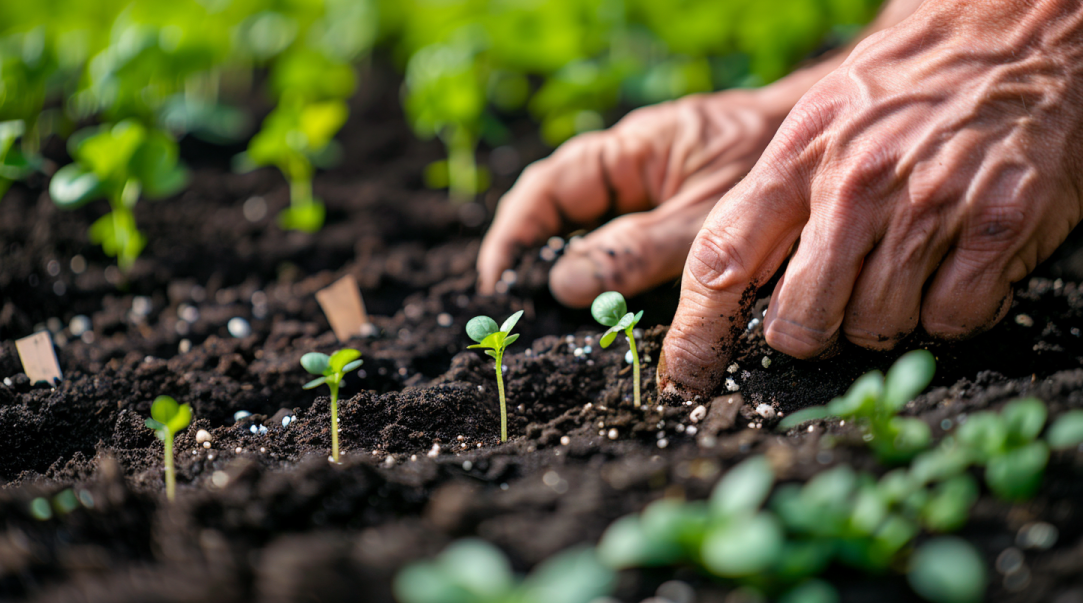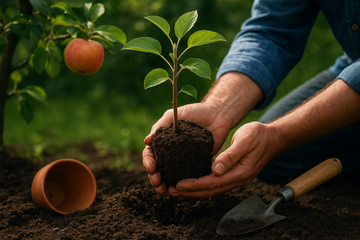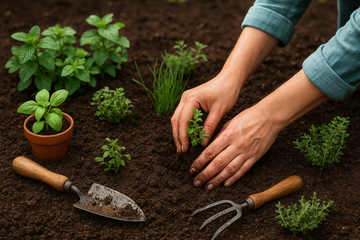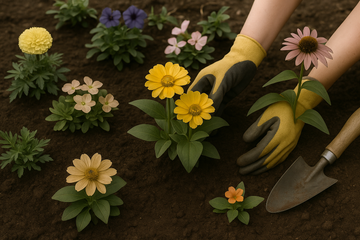If you’ve ever thumbed through seed packets and noticed instructions suggesting something like, “Direct sow after last frost,” you're probably curious about what exactly "direct sowing" means. It sounds straightforward enough—planting seeds directly into your garden soil. But as with many gardening tasks, there are little details and nuances that make all the difference.
I think, personally, direct sowing has its charm. It's refreshingly simple compared to starting seeds indoors. No trays, no lights—just you, seeds, and the earth. Yet, there’s still some strategy involved if you want good results.
When Should You Direct Sow?
Timing—honestly, timing can be everything. Generally, most seeds you’ll direct sow should go into the ground after your last frost date. That’s especially true for warm-season vegetables like beans, corn, and squash. Frost-sensitive plants won’t tolerate any chill, so definitely wait until you're confident the risk of frost has passed.
But then again, some seeds like carrots or spinach actually prefer cooler conditions. They can go in earlier, perhaps a few weeks before the last frost date. I know that sounds contradictory, and gardening advice often is a bit ambiguous that way. It’s important, I think, to read the packet—seed suppliers usually know best.
Preparing Your Seed Bed
Preparing your seed bed isn’t too complicated, but skipping this step can lead to uneven germination. First off, pick a spot where your plants will have enough sun and decent drainage. Clear away weeds or debris, and loosen the soil gently. You don’t need a perfect powder, but chunky, clumpy soil probably won’t cut it either.
It's often good practice to amend your soil with some compost or well-aged manure—though, admittedly, I sometimes skip this if the soil looks rich enough already. But if you're unsure, a little compost never hurt anybody.
How Deep Should You Sow Seeds?
Depth is one of those little details that matter a lot. Sow too deep, and your seeds might not emerge at all. Too shallow, and they'll dry out quickly or be picked off by birds. A general rule I've heard is to plant seeds about twice as deep as they are wide. Tiny lettuce seeds barely need covering, while larger seeds like beans should be buried deeper—perhaps an inch or more.
The seed packet will give specifics, thankfully, so you don't have to guess too much. Trust the packet, but don’t stress if you're slightly off. Seeds often find a way.
Spacing Your Seeds Correctly
Spacing, on the other hand, can be a bit trickier. I’m often tempted to sprinkle seeds generously, thinking more is better—but honestly, overcrowding rarely works out. Plants need room to breathe, absorb nutrients, and soak up sun.
When sowing seeds like carrots or radishes, it's okay to scatter a bit more densely initially, but you'll need to thin them later. For larger seeds like corn or peas, just follow recommended spacing right from the start. It's less wasteful and less work later on.
Watering After Direct Sowing
Here's where you need a gentle touch. After you've sown your seeds and lightly covered them, water gently. Heavy watering might wash away seeds or create pools that drown your young seedlings. A watering can with a gentle spray nozzle or even a mist setting on a hose is usually best. Keep the soil evenly moist—not soggy, just comfortably damp—until seedlings emerge.
Protecting Your Seeds and Seedlings
I think protection is underrated. Birds love seeds, and squirrels love freshly planted gardens. Covering your seed beds with netting or lightweight row cover fabric can help. It's an extra step, yes, but might save you some frustration.
And then there's weather. If the forecast unexpectedly calls for a late frost after you've planted, covering your rows overnight with old blankets or plastic sheeting can save your seedlings. Gardening can be unpredictable, after all.
A Few Crops Ideal for Direct Sowing
Some plants genuinely prefer direct sowing. They tend to dislike transplanting or simply don’t benefit from indoor starts. Here are a few easy options:
-
Radishes and Carrots: They form roots that prefer undisturbed soil. Direct sowing just makes sense.
-
Beans and Peas: Large seeds that germinate quickly in warm soil.
-
Corn: It grows rapidly and has delicate roots that don't transplant well.
-
Cucumbers and Squash: Possible to start indoors, but direct sowing usually works equally well (maybe even better).
Common Mistakes to Avoid
I’ve definitely made mistakes, often rushing or guessing rather than planning carefully. Common pitfalls include sowing too early, sowing too deeply, and overcrowding. Try to be patient—gardening teaches patience, whether we like it or not.
Remember to thin your seedlings, water consistently, and protect your plants from pests and weather fluctuations. Do all this, and you stand a good chance of seeing your seeds flourish into healthy plants.
Direct sowing is straightforward, sure, but like anything worth doing, paying attention to details helps immensely. Hopefully, this has cleared things up a bit, but don't worry if you're still unsure. Gardening is about learning, experimenting, and sometimes—just going with your instincts. Happy planting!












